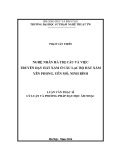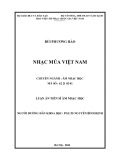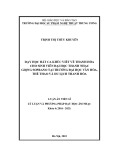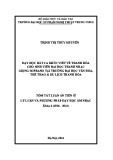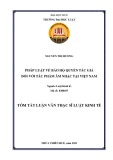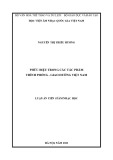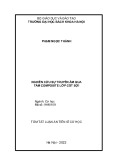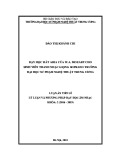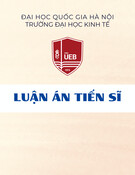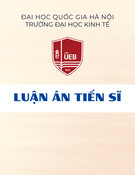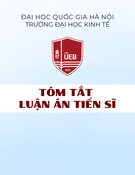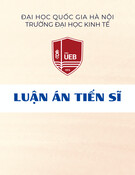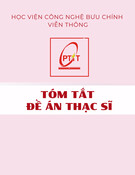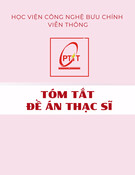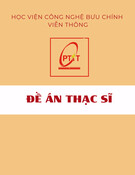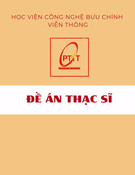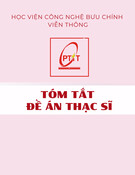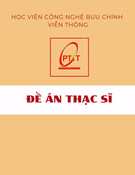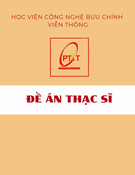
1
Investigations into Music Composition in Surround Sound
Cornel Thomas Wilczek (Bachelor of Media Arts)
Master of Arts (Fine Art)
School of Art
Design and Social Context Portfolio
RMIT University Melbourne
August 2007

2
CONTENTS
TITLE 1
CONTENTS 2
SUMMARY 4
TITLE 4
SUMMARY 4
INCLUDED DVD 5
INTRODUCTION 6
HISTORY 9
TECHNICAL 11
PHASE 1: ELECTRONIC SURROUND SOUND COMPOSITION 12
OVERVIEW 12
TECHNICAL 13
EXPLORATIONS & FINDINGS 14
COMPOSITIONS 14
OUTPUT 14
PAINTING MONSTERS ON CLOUDS 16
DEVIL EYES 18
WATERCOLOUR 20
PHASE 2: SURROUND SOUND RECORDING 22
OVERVIEW 22
TECHNICAL 22
EXPLORATIONS & FINDINGS 23
COMPOSITION 23
GREEN ROBIN 23
PHASE 3: HYBRID TECHNIQUES 26
OVERVIEW 26
TECHNICAL 27
EXPLORATIONS & FINDINGS 28
COMPOSITIONS 28
SLOW HIGH WIDE 28
20 MINUTES 31

3
NOT ON A SUNDAY 32
MAYBE YOU CAN OWE ME 34
CONCLUSION 37
SURROUND SOUND AND ITS EFFECTS ON COMPOSITION 37
SPACE AS A COMPOSITIONAL ELEMENT 39
SUBCONSCIOUS SOUND OF SONG 40
BIBLIOGRAPHY 42
TEXT 42
AUDIO - CD & DVD 43

4
TITLE
Investigations into Music Composition in Surround Sound
SUMMARY
This research project investigates the relationship between music composition, particularly electronic
pop, and sound design (the editing/mixing of sound for cinema), with it’s main focus on Multi-channel
(Surround Sound) techniques. It proposes new practices that extend music compositional tools into
embracing spatial techniques employed by sound design. My research encompasses both the
conceptual development (ie spatial techniques in creating narratives) and the practical issues relating
to the production and technology needed for such works.

5
INCLUDED DVD
Disc Format: DVD Audio/Video Disc
Audio Format: Dolby 5.1
Body of work & track listing:
Work 1: Painting Monsters On Clouds
1. Output
2. Painting Monsters On Clouds
3. Devil Eyes
4. Watercolour
Work 2: Hybrid Works
5. Green Robin
6. Slow High Wide
7. 20 Minutes
8. Not On A Sunday
9. Maybe You Can Owe Me
The two bodies of work produced within this Masters program are presented on the same disc.
Playback requirements:
• DVD player with Dolby Surround playback.
• Amplifier with Dolby Surround decoding
• 6 speakers in the 5.1 configuration (Front Right, Centre, Front Left, Rear Left, Rear Right and
a subwoofer for Low Frequency Effects).

